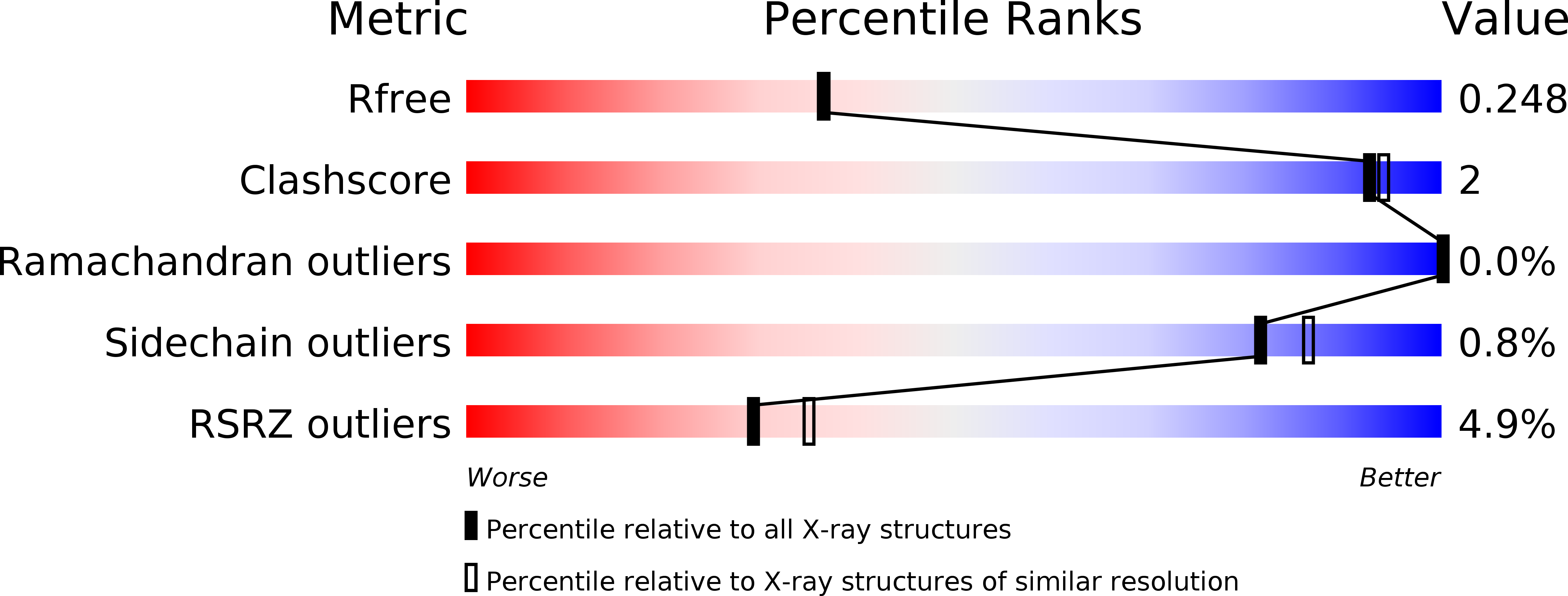
Deposition Date
2014-07-26
Release Date
2015-08-05
Last Version Date
2023-12-20
Entry Detail
PDB ID:
4U5Z
Keywords:
Title:
Trichodysplasia spinulosa-associated polyomavirus (TSPyV) VP1
Biological Source:
Source Organism:
Host Organism:
Method Details:
Experimental Method:
Resolution:
2.10 Å
R-Value Free:
0.24
R-Value Work:
0.20
R-Value Observed:
0.20
Space Group:
P 1 21 1


